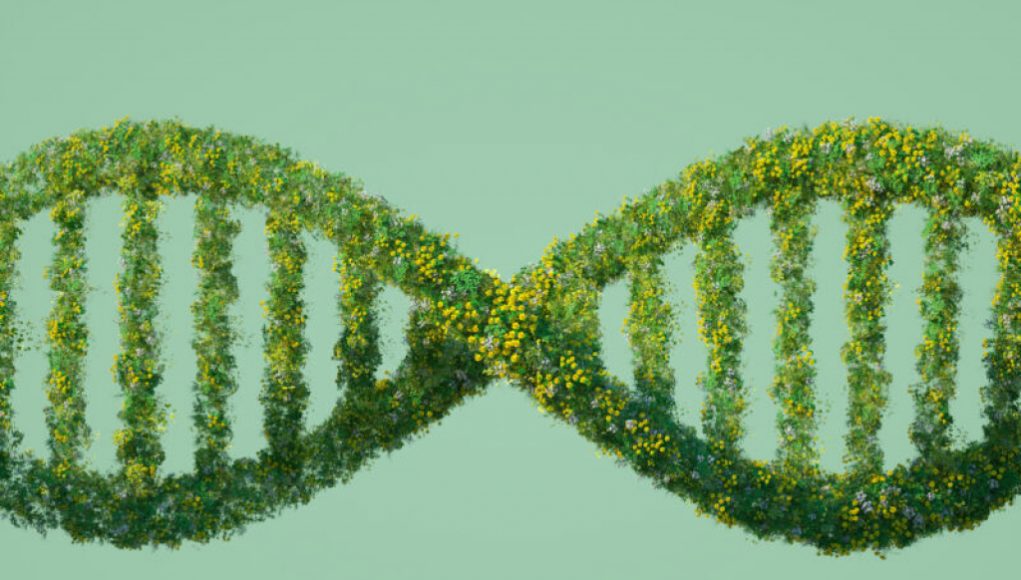Are you aware that your DNA is all around you? Thanks to advancements in DNA sequencing technology, it’s now possible to find DNA sequences in almost any environment, from a drop of water to a scoop of soil. This has opened up new possibilities for studying wild populations and monitoring for pathogens in wastewater. However, there’s a catch: human DNA is also present in these environmental samples.
Conservationist Liam Whitmore and his colleagues discovered this when they found human DNA in old water and sand samples. They then intentionally searched for specific human sequences and found genomic regions that could identify a person’s ancestry and susceptibility to diseases. While they didn’t identify individuals, it’s possible that someone could compare these sequences to public genetic data.
This raises concerns about privacy and consent, as researchers can’t obtain informed consent when DNA is captured inadvertently in the environment. There are also malicious uses for this human genomic bycatch, such as location tracking and surveillance without consent. However, there are also potential benefits, such as using human DNA to monitor for cancer-causing mutations and find missing persons.
As Natalie Ram, a legal scholar, points out, there’s a delicate balance between gaining these benefits and maintaining privacy. It’s up to policymakers, regulators, and ethicists to address these issues before it’s too late. So, the next time you’re out in the world, remember that your DNA is leaving a trail behind you.
DNA forensic analysis has become an increasingly important tool in crime scene investigation. Although most people are aware of its use in criminal investigations, many may not be aware of its application in environmental studies. In recent years, DNA from environmental studies has been used to identify individuals, as well as to diagnose diseases and track wildlife.
DNA evidence collected from the environment is often used to identify individuals associated with a crime scene. It is also used to trace the origins of a particular sample that is found in a particular location such as a home, a car, or an office. DNA evidence can also be used to match suspect and victim in cases where there is no other identifying evidence.
In addition, DNA evidence from environmental studies can be used to diagnose diseases. For example, doctors can use DNA evidence found from a water sample to diagnose water-borne illnesses such as cholera, malaria, and typhoid. Furthermore, DNA evidence can be used to identify bacterial contamination in food products and to ensure that foods are safe for consumption.
Finally, DNA evidence collected from environmental studies can be used to track wildlife, especially endangered species. DNA evidence can be used to identify the diet and behavior of a particular species, as well as to trace the origins and spread of a particular species.
In conclusion, DNA evidence from environmental studies has proven to be a powerful tool in criminal investigations, disease diagnosis, food safety, and wildlife tracking. By leveraging this evidence, researchers have been able to identify individuals associated with a crime scene, diagnose diseases, and track the spread of wildlife populations. In short, DNA is a powerful tool in many aspects of environmental studies.




















